Make a nest box
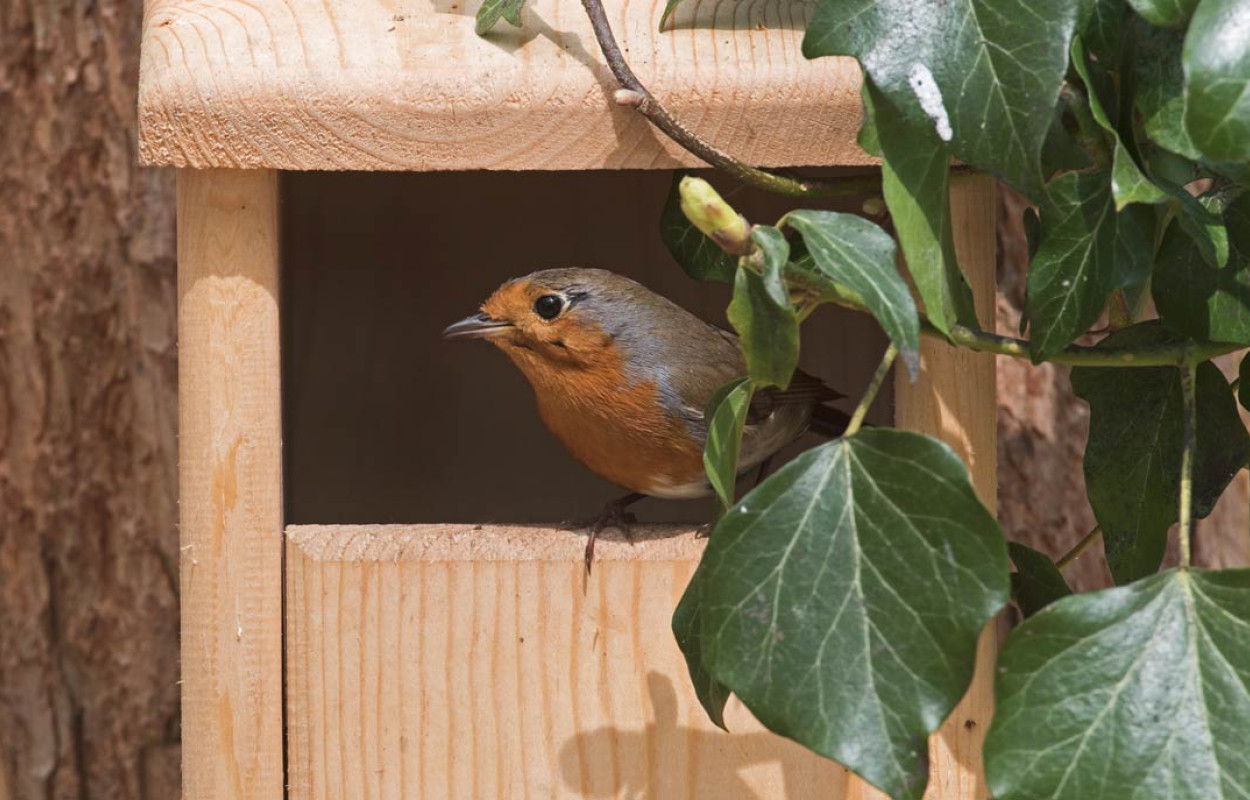
Building a box — the essentials
Wood is the best material for building a nest box, as long as it is at least 15mm thick. This will prevent the wood warping and provide sufficient insulation to protect chicks from heat or cold.
Soft woods, such as pine and cedar, are easy to cut and their natural resins ensure a long life. Hard woods such as oak or beech will also be weather resistent but may warp when conditions switch from dry to wet. Buying planed wood or quality plywood is not cheap, so it may be worth seeing if you can pick up some off-cut scraps from a timber merchant.
For those who have a basic toolkit, then you will probably have to lay out money for a set of drill bits to create entrance holes. It is worth keeping an eye out for special offers on multi-size bit kits at discount supermarkets, but if you can only afford one then opt for a 32 mm bit as this will potentially allow any of the common small birds to use the box.
our essential guide
Use nails or screws to fix panels together. For extra security you may like to glue the side panels together as well as nailing them, but do not rely on glue alone — over time the wood may flex or shrink and the joint will split apart.
Nest box instruction guides
In-depth information for making nest boxes
If you want to know more, try our in-depth book Nest Boxes: Your Complete Guide. Written by Dave Cromack and drawing on BTO expertise, this new book provides the perfect guide to building, erecting and monitoring nest boxes for a broad range of bird species. It’s a perfect gift for the avid bird fan.
Find out more and buy todayBox types: hole-fronted or open-fronted
The two main types of small nest box offer opportunities for different species of bird. Those with a small hole may be used by tits and sparrows, while open-fronted boxes are used by Robins and Spotted Flycatchers.
With hole-fronted boxes the diameter of the hole is key. While a smaller species, like Coal Tit, will use a box with a larger diameter entrance hole, there is a risk that a larger species will take over the site.
We recommend using the following hole dimensions:
|
Bird |
Nest box hole size |
|
Blue Tit / Coal Tit / Marsh Tit |
25mm |
|
Great Tit / Tree Sparrow |
28mm |
|
House Sparrow / Nuthatch |
32mm |
Put a hinge on it
To make it easier to clean out old nesting material at the end of the breeding season or to inspect the progress of a brood for nest recording, make sure the roof is hinged or fixed in such a way that it can be opened fully.
Attach a waterproof hinge to the roof of the box, so that it can be lifted easily but won’t fall off. Old inner tubes, damp proof membrane or rubber are ideal waterproof materials to use. Cut to the width of the box and then nail in place.
Buying a nest box or bird house instead
For various reasons, we appreciate not everyone may be interested or able to build their own nest box or bird house.
- If that’s the case for you, we highly recommend our partner, Vine House Farm, for high-quality nest boxes, bird houses, foods, feeders and more.
Making nest boxes for owls
Join GBW for free
Stay connected to nature, learn about your garden wildlife and contribute to important scientific research without leaving your home.
Join Garden BirdWatch today
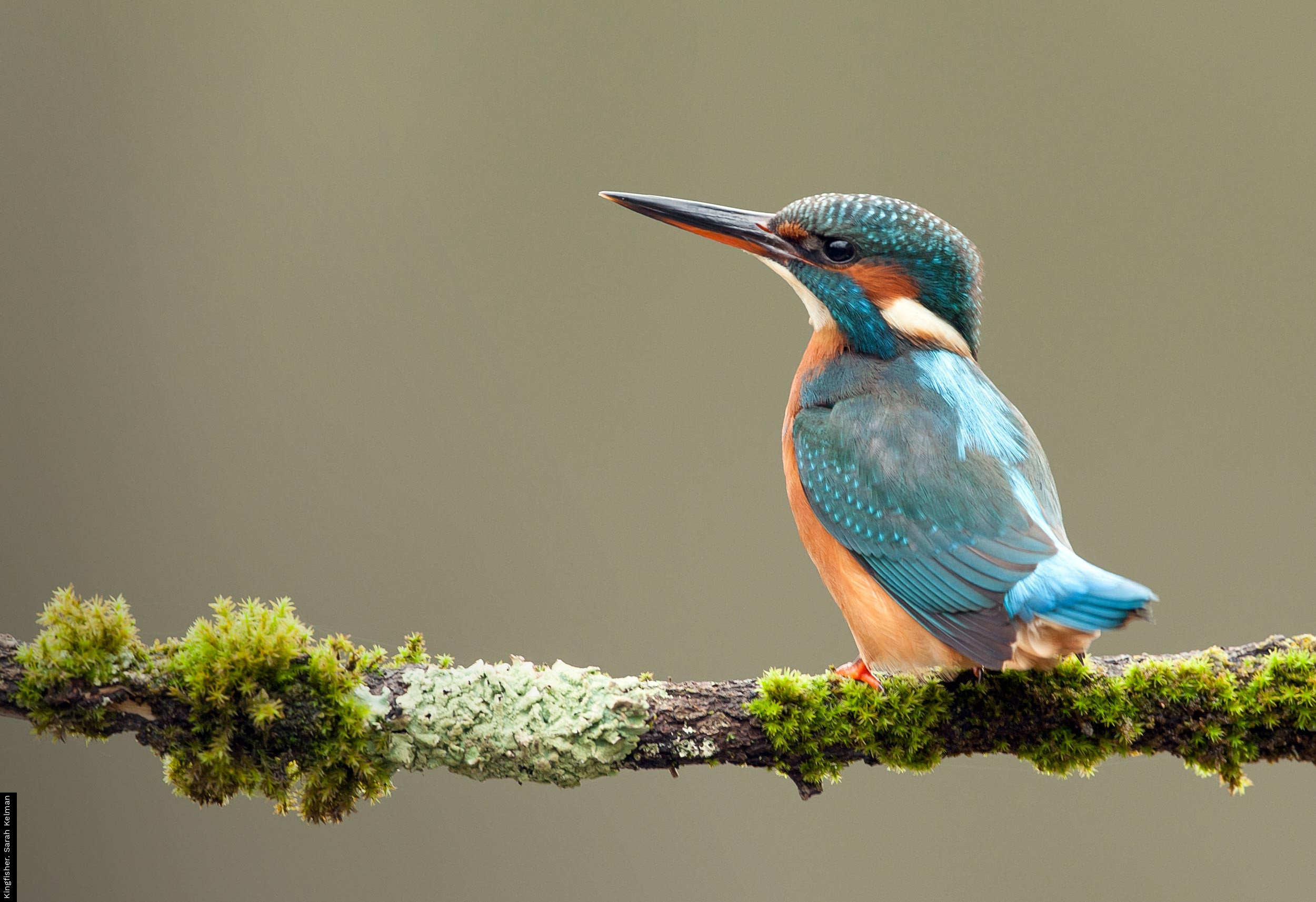
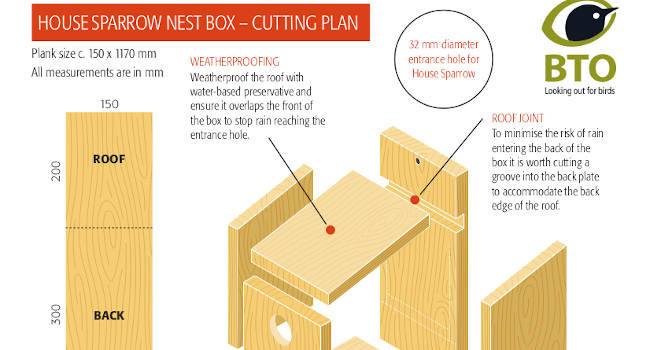
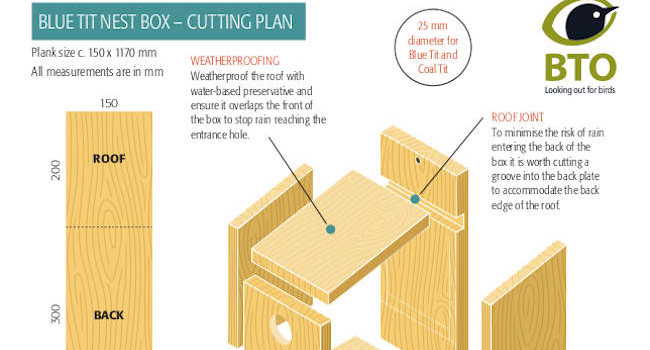
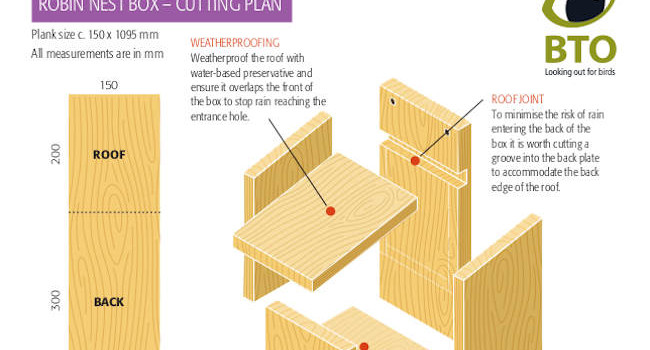
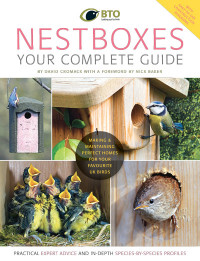
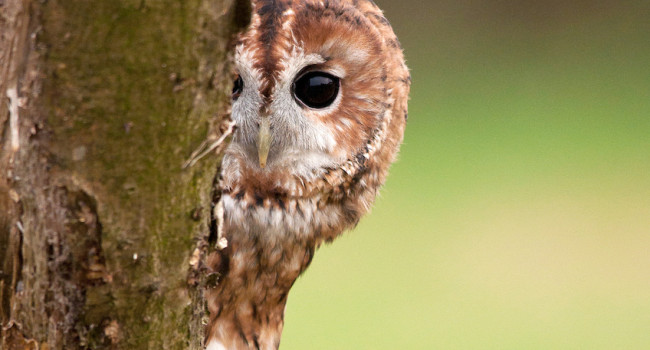
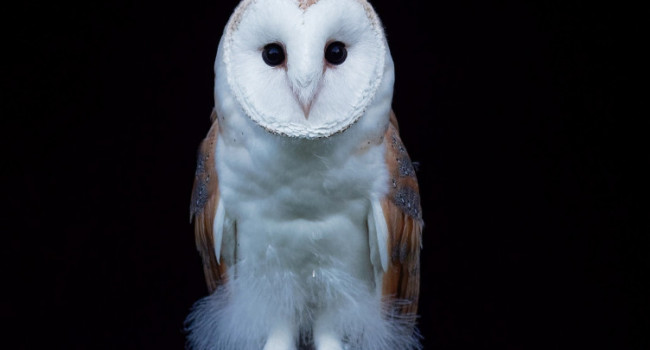
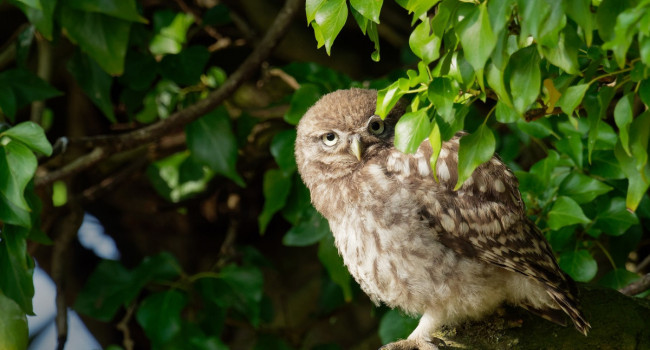
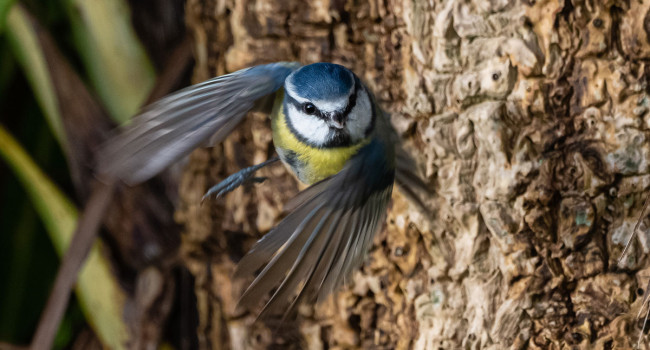
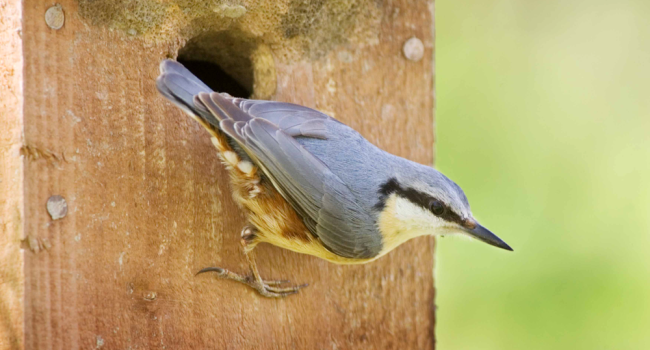
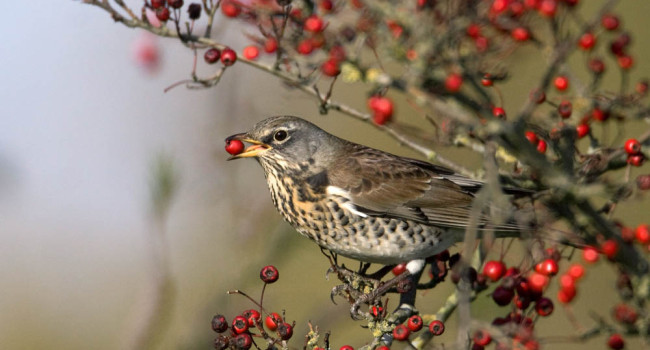

Share this page